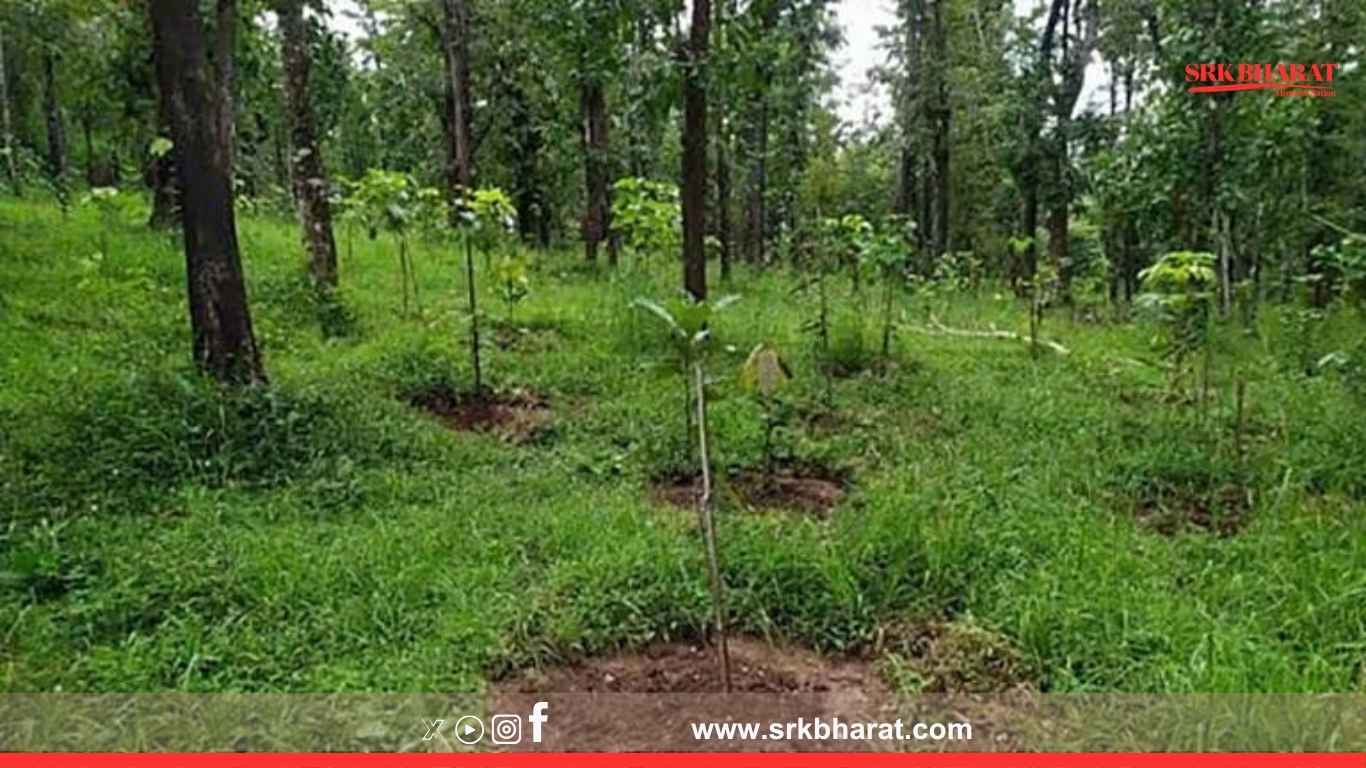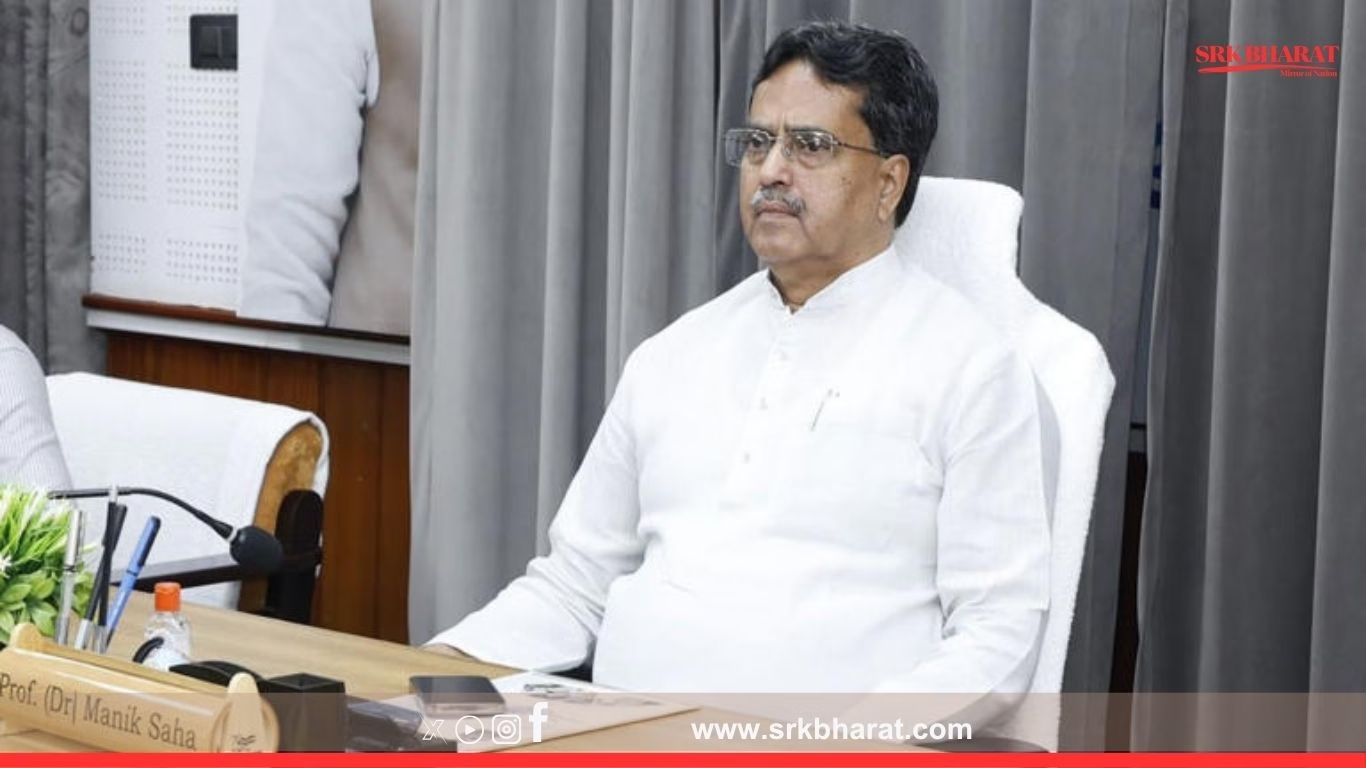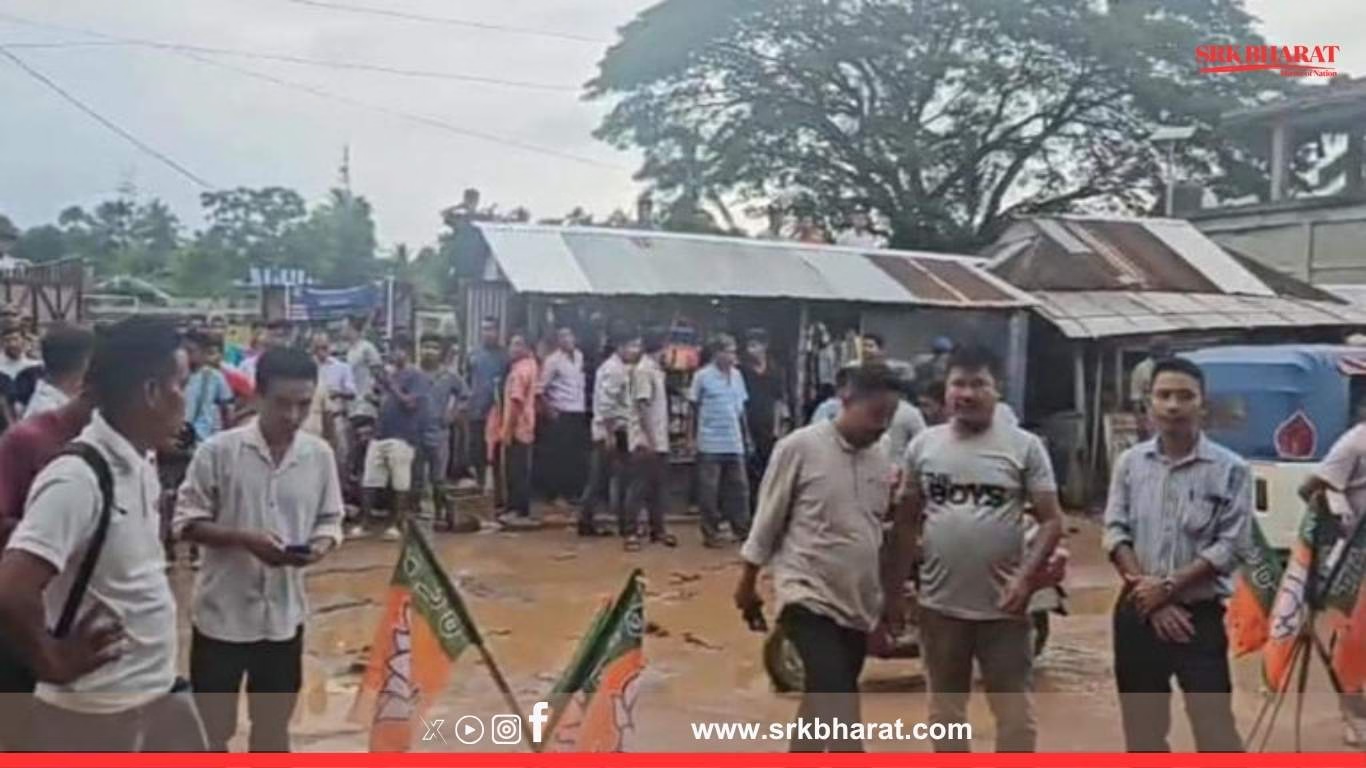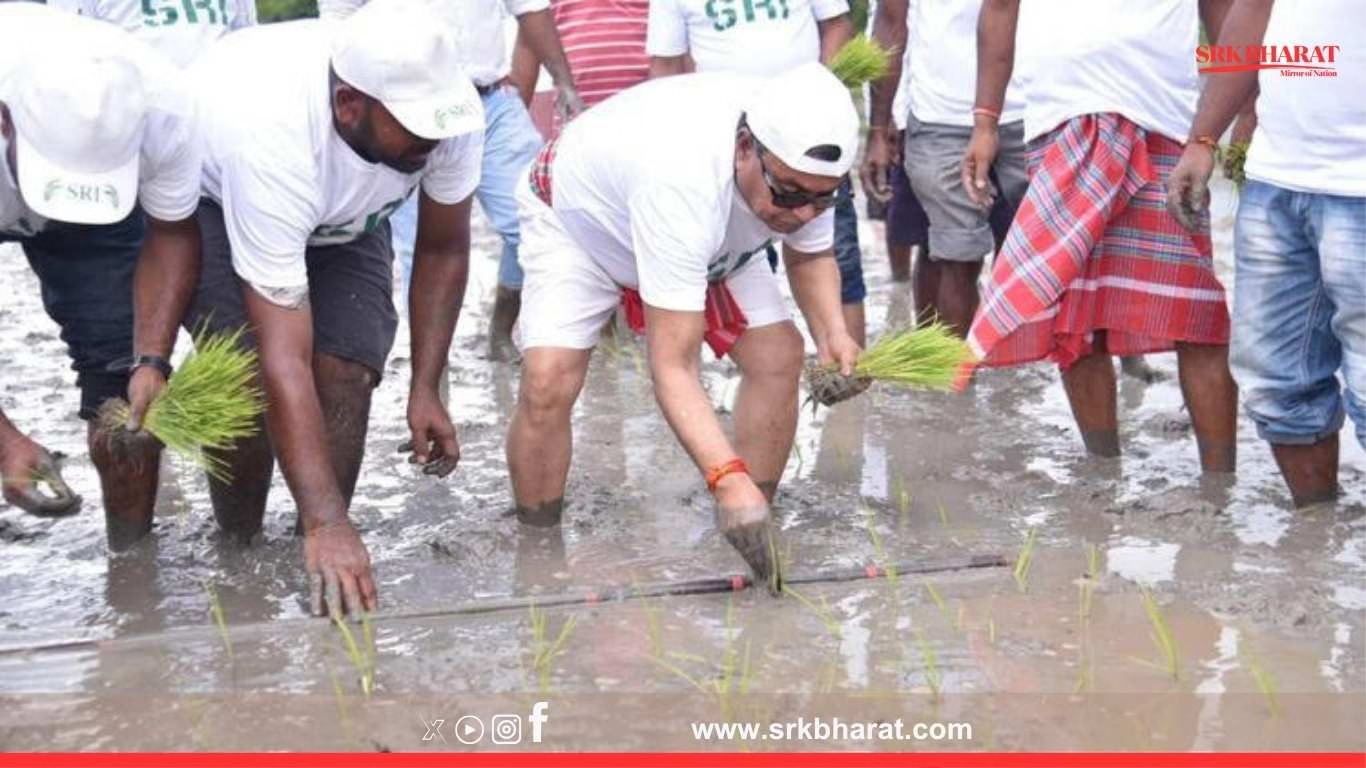Tripura is currently implementing three major externally aided projects (EAPs) aimed at forest protection, climate adaptation, and sustainable livelihood generation for tribal and forest-dependent communities, said Forest and Revenue Minister Animesh Debbarma on Tuesday. Addressing a state-level review meeting on forest management, Debbarma outlined how these projects are transforming conservation approaches while empowering rural populations economically.
Key Externally Aided Projects Under Implementation
- Japan International Cooperation Agency (JICA)-Assisted Tripura Forest Environmental Improvement and Poverty Alleviation Project This flagship project, operational since 2016, is nearing completion in its current phase with over ₹1,000 crore investment aimed at:
- Rejuvenating degraded forest areas through plantation and natural regeneration.
- Promoting bamboo plantation and processing units to boost local economy.
- Capacity building of Joint Forest Management Committees (JFMCs).
- Soil and water conservation works to reduce erosion in hill areas.
- World Bank-Assisted Tripura Rural Economic Growth and Sustainable Livelihood Project Launched in 2022 with a ₹1,295 crore outlay, this project focuses on:
- Integrating forest-based livelihood models with rural economic growth strategies.
- Promoting non-timber forest produce (NTFP) value chains such as broom grass, medicinal herbs, and honey.
- Strengthening community forest resource rights under the Forest Rights Act (FRA).
- KfW-German Development Bank Assisted Climate Resilience and Biodiversity Conservation Project Approved in 2023 with funding of ₹750 crore, this project aims to:
- Enhance biodiversity conservation through protected area management plans.
- Develop climate-resilient micro-enterprise models for forest dwellers.
- Introduce participatory eco-tourism initiatives in Jampui Hills and Trishna Wildlife Sanctuary.
Minister Animesh Debbarma’s Address
“Tripura’s forest cover is 73.68% of its geographical area, one of the highest in India. These externally aided projects are strengthening our community-based forest management, climate adaptation, and livelihood diversification goals. Protecting our forests means protecting the future of indigenous people who depend on them.”
He emphasised convergence with schemes like MGNREGA and PM Janjatiya Vikas Mission to maximise income generation from plantation activities and forest produce processing.
Project Implementation Highlights
| Project | Key Activities | Beneficiaries |
|---|---|---|
| JICA-Assisted Forest Environmental Improvement | Plantation on 30,000 hectares, bamboo development, JFMC strengthening | 45,000 households |
| World Bank Sustainable Livelihood Project | NTFP value chain, FRA-based livelihood models, micro-enterprise support | 60,000 households |
| KfW Climate Resilience and Biodiversity | Climate-resilient agroforestry, eco-tourism infrastructure, wildlife conservation | 35,000 households |
(Compiled from Tripura Forest Department and Project Monitoring Unit data)
Focus on Bamboo Economy
The Minister highlighted that the JICA project alone has led to the creation of over 200 bamboo processing micro-enterprises. Tripura is home to nearly 21 species of bamboo, with the state government aiming to position it as an eastern bamboo hub by:
- Facilitating direct market linkages with furniture exporters and agarbatti manufacturers.
- Supporting skill training in bamboo craft and engineered bamboo products for construction.
Climate Adaptation and Biodiversity Conservation Goals
The KfW project’s climate resilience components include:
- Promoting agroforestry models integrating fruit trees with shade-tolerant crops.
- Restoration of riparian forests to stabilise riverbanks.
- Protecting endangered species habitats in Gumti, Rowa, and Trishna wildlife sanctuaries through community-managed buffer zones.
Community Involvement and Women’s Empowerment
A major success indicator of these projects is the active involvement of Self Help Groups (SHGs) and women-led cooperatives. Under the World Bank project, nearly 3,200 women have been trained in:
- Processing and packaging of wild honey and herbal teas.
- Mushroom cultivation using forest leaf litter.
- Managing eco-tourism homestays.
Challenges Highlighted During Review Meeting
Officials identified critical implementation bottlenecks:
- Delay in plantation activities due to extended dry spells.
- Insufficient last-mile connectivity for NTFP marketing.
- Need for advanced training in bamboo engineered products to tap global markets.
Minister Debbarma directed the Forest Department to resolve these by:
- Expanding drip irrigation for plantations under JICA funds.
- Coordinating with Rural Development for rural road upgrades to forest villages.
- Partnering with national bamboo mission experts for product diversification.
Tripura’s Forest Cover at a Glance
| Forest Type | Area (sq km) | Percentage of Total Geographical Area |
|---|---|---|
| Very Dense Forest | 626 | 6.0% |
| Moderately Dense Forest | 4,816 | 47.0% |
| Open Forest | 2,622 | 25.7% |
| Total Forest Cover | 8,064 | 73.68% |
(Source: India State of Forest Report 2023)
Future Plans: Expanding Externally Aided Project Footprint
Minister Debbarma announced that the state is pursuing new projects with international development agencies focusing on:
- Mangrove plantation and riverbank stabilisation along Gumti and Haora rivers.
- Expanded climate adaptation projects in coordination with the Green Climate Fund.
- Forest fire management initiatives with advanced drone-based surveillance and early warning systems.
Expert Opinions
Forest management experts have lauded Tripura’s externally aided project models as replicable for other northeastern states. Dr. Bimal Roy, an environmental economist, commented:
“Tripura’s EAP approach integrates livelihood, conservation, and climate adaptation systematically. Its success lies in the strong role of tribal community institutions and women’s cooperatives.”
Voices From Ground
Meena Reang, a bamboo craft entrepreneur from Ambassa, said:
“We received training under the JICA project to make bamboo lamps and trays. Today, our SHG sells to Agartala, Assam, and even export agents. This income has changed our lives.”
Conclusion
Tripura’s implementation of three major externally aided projects under JICA, World Bank, and KfW is setting benchmarks in forest protection, biodiversity conservation, and livelihood generation. As the state continues to leverage international cooperation for climate resilience, it stands as a model for balancing ecological integrity with economic empowerment of indigenous and forest-dependent communities.
Disclaimer: This report is based on official statements from the Tripura Forest Department, project monitoring units, and stakeholder interviews. Readers are advised to refer to upcoming Forest Department progress reports for detailed district-wise implementation updates.











